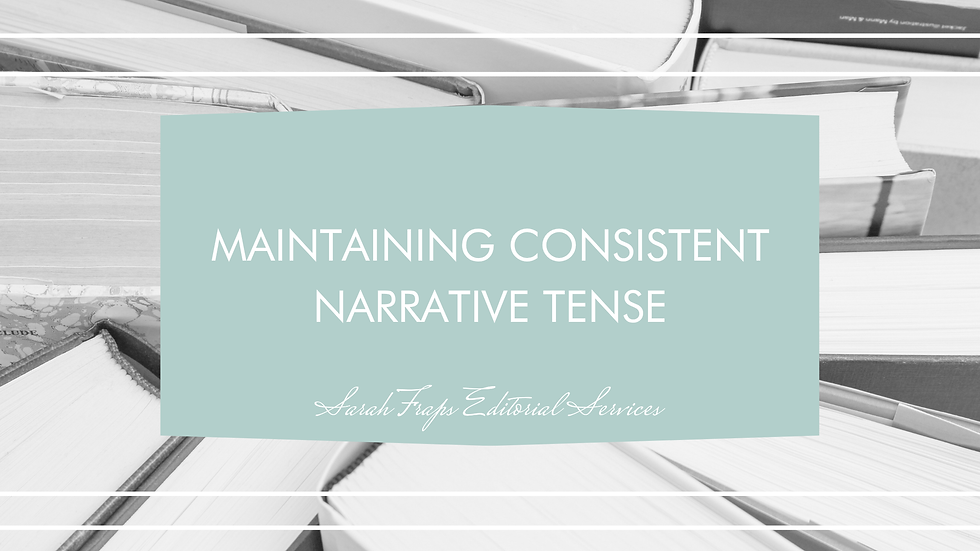Editorial passes vs. rounds
- Sarah Fraps

- Oct 6, 2023
- 3 min read
"Passes" and "rounds" are common terms used in book publishing, but their meanings can often become confused. There are, in general, accepted differences between the terms. In this post, I'll define each term, its purpose, and where it occurs in the editing timeline.

An editorial round
When thinking about the differences between editorial rounds and editorial passes, it can help to think from macro to micro. An editorial round refers to a series of systematic reviews of the manuscript from developmental or substantive all the way down to proofreading. I've written before about the different stages of editing. In traditional publishing, each stage may include more than one round of editing, though in self-publishing it's more typical for each stage to represent one editorial round.
The editorial round, therefore, is any time an editor is reading through and marking up the manuscript with a specific overarching focus. For developmental editing that focus will be the overall structure of the narrative (conflict, plot, logic gaps, character development, etc.). For a proofreader that focus will be at the character level as they search for any remaining typos or continuity errors in the manuscript.
Multiple rounds of editing help ensure that the manuscript is polished and ready for publication. Each round should occur sequentially, moving from the "big picture" down to the nitty-gritty final read through. Ideally, each round will build upon the previous round.
In terms of what to expect when working with a freelance editor, most editors will stipulate that they are working with your book for one round of whatever kind of editing they do. This means that an editor will only read and mark-up your manuscript once. Any work beyond that (such as reading or marking up the manuscript after author revisions) is generally considered another round of editing and is beyond the scope of the project (necessitating another quote, agreement, etc.) unless you've negotiated some kind of editorial package with multiple rounds (such as one round of line/copyediting and one round of proofreading).
In order to create a comprehensive editorial round, however, an editor will likely need to make several editorial passes during the process.
An editorial pass
The editorial pass then is a single review of the manuscript, either in full or in parts. Most editors, as part of the editorial round, will make one full pass through the manuscript, marking and correcting as they go, as well as flagging areas to return to, points of query for the author, etc. Subsequent passes usually review small sections of the manuscript, either looking at a particular problem in one area or a recurring error throughout.
Imagine the first pass as the editor using a fine-tooth comb to pick through the entire manuscript. The second and even third pass are when the editor returns to areas of the manuscript that remain tangled after the initial "combing." The number of passes an editor includes in a round of editing will depend on the editor's process, personal preferences, style of feedback, and the stage of editing being completed. An editor may or may not specify the number of passes included in an editorial round in a service contract or agreement for the simple reason that they won't know how many passes it will take to bring the manuscript to a more polished state until they're working on it.
What to look for
In essence, editorial passes are individual reviews of the whole manuscript or parts of it that make up an editorial round, which is the comprehensive editing that occurs as part of a specific editing stage. Both passes and rounds are essential parts of the editing process. As the author, if you're ever confused about what is included in the editorial service you are paying for, the following questions can help clarify:
How many rounds of editing are included in this service? Do the rounds correspond to specific stages of editing?
About how many passes are included in each round of editing?
What does a round of editing or proofreading typically look like for you? What can I expect?
What are the deliverables I can expect when this round of editing is complete?








Comments